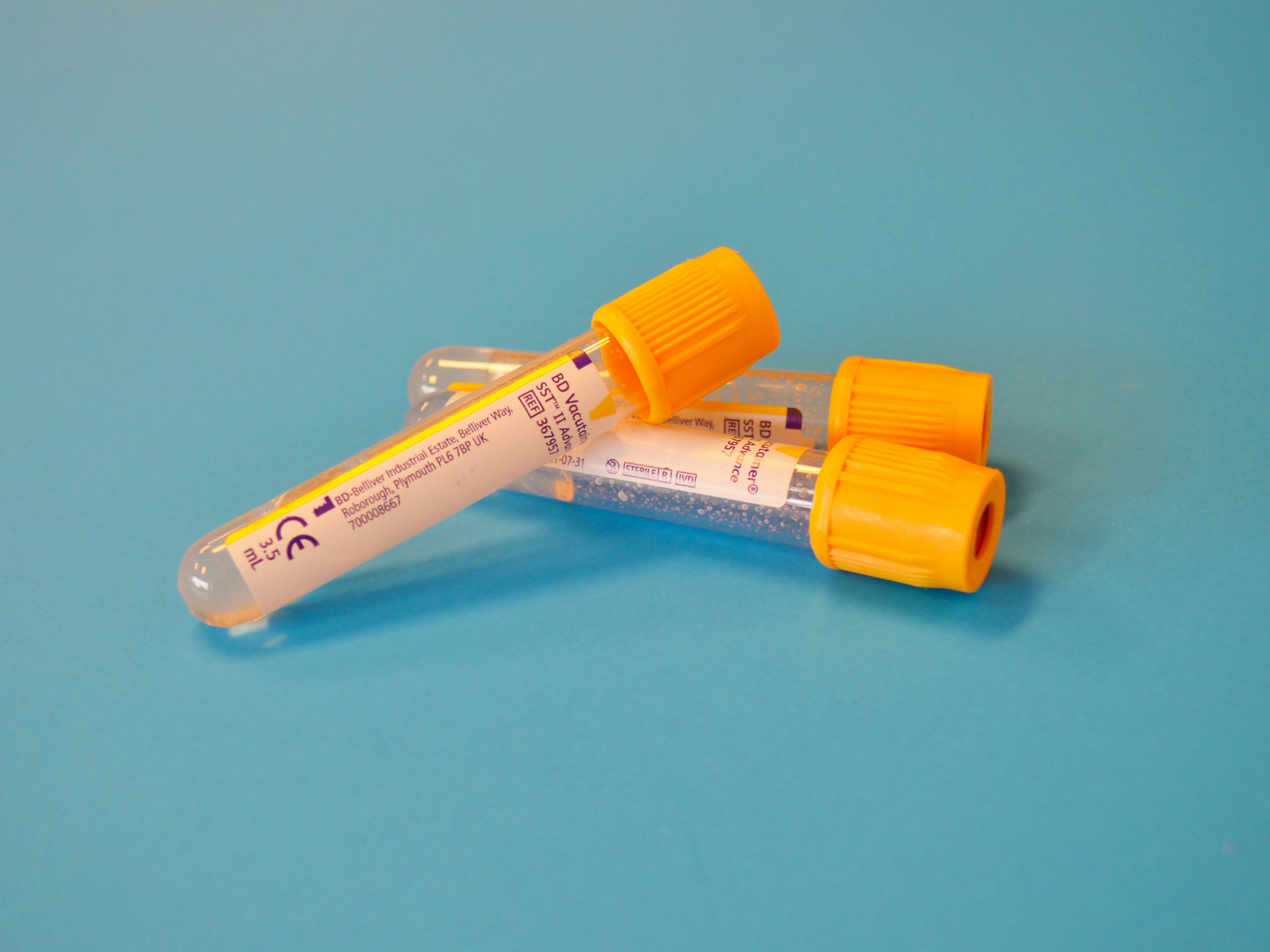High uric acid levels and gout are significant health concerns that require attention and understanding. Here, we delve into the complexities surrounding these conditions, exploring the importance of testing for uric acid levels and the implications for overall health.
The Basics of Uric Acid and Gout
- Uric acid is a waste product formed when the body breaks down purines found in certain foods and drinks.
- Elevated uric acid levels can lead to the formation of crystals in joints, causing gout, a form of arthritis characterized by sudden and severe pain.
Importance of Testing Uric Acid Levels
- Testing for uric acid levels is crucial in diagnosing hyperuricemia (high uric acid levels) and gout.
- High levels of uric acid are found in the body for an average of 10 years before a gouty attack.
- Uric acid is also a risk factor for cardiovascular disease and it is important for your healthcare provider to measure and understand this value.
- Monitoring uric acid levels helps in assessing the risk of developing gout and other related complications.
Factors Influencing Uric Acid Levels
- Genetics play a significant role in hyperuricemia, with over 43 genes identified to influence uric acid levels.
- Lifestyle factors such as diet, body mass, cardiometabolic risks, and nutrition also impact uric acid levels.
Treatment and Management
- Urate lowering therapy (ULT) is commonly used to manage high uric acid levels and prevent gout attacks. Whether these medications lower the cardiovascular risks as well is debated by some.
- Lifestyle interventions such as proper hydration, dietary modifications (e.g., DASH diet), and weight management are essential in controlling uric acid levels. These lifestyle changes not only lower your uric acid levels but also decrease the risks associated with higher uric acid.
Dietary Considerations
- While purine restriction was traditionally advised, newer research emphasizes overall healthy dietary patterns like the DASH/Mediterranean diet.
- Dairy products, low-fat options in particular, show a protective effect against gout development.
Challenges and Considerations
- Treating asymptomatic hyperuricemia poses challenges as not all patients progress to gout. It is imperative that proper screening is done so that lifestyle changes can be implemented before a gouty attack.
- Barriers to treatment include poor communication, patient misconceptions, and the complexity of dietary recommendations.
Conclusion
Understanding high uric acid levels and gout is essential for effective management and prevention. By addressing lifestyle factors, monitoring uric acid levels, and implementing appropriate treatments, individuals can better manage these conditions and improve their overall health. By staying informed and proactive about high uric acid levels, individuals can take control of their health and reduce the risk of complications associated with gout. Regular monitoring, lifestyle modifications, and adherence to treatment plans are key steps in managing this condition effectively.
When was the last time you had your uric acid levels checked? Let's chat!










